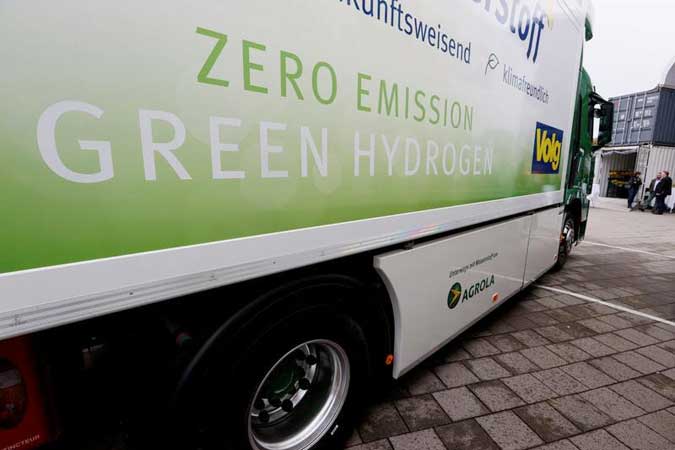The Department of Energy (DoE) and Australian-based research firm Star Scientific Ltd. inked an agreement to study hydrogen as a possible source of power for the country’s energy needs.
In a press release on Friday, the DoE said it had signed the memorandum of understanding (MOU) with Star Scientific Limited on Wednesday.
Star Scientific is known for its patented Hydrogen Energy Release Optimiser (HERO) technology, which converts hydrogen into heat without burning.
The MOU allows the Philippine government and the Australian firm to partner up in studying on how using hydrogen power could help the Philippines achieve energy independence and significantly reduce the country’s carbon dioxide emissions.
The DoE and Star Scientific will work together to find ways that would allow the latter’s HERO technology to convert existing power facilities into unlimited zero-emission hydrogen assets; and increase the viability of distributing emission-free power through a supercritical carbon dioxide grid network, among others.
“We are hoping to be able to utilize hydrogen as fuel for electric vehicles and as part of the country’s future energy mix,” Energy Secretary Alfonso G. Cusi who was one of the signatories of the MOU, was quoted as saying.
He added that there was a vast potential for hydrogen power in the country, reiterating that it was considered as the “fuel of the future.”
On Star Scientific’s website, the firm’s global group chairman Andrew Horvath said he was proud that an Australian innovation – the HERO – had captured the attention of a national government.
“This agreement with the Department of Energy of the Republic of the Philippines represents a significant milestone in the development of the global hydrogen economy,” he was quoted as saying.
“This will represent the largest single boost to Australia’s role in developing the global hydrogen economy, heralding a new era of research, development and deployment in the manufacture and installation of all parts of the hydrogen supply chain. We are particularly grateful and excited to be part of the next phase of the Philippines’ economic growth,” he added.
DoE data showed that coal comprised 44.5% of the country’s power mix in 2015, followed by natural gas at 22.9% and geothermal at 13.4%. At present, hydrogen is not part of the country’s generation mix.

